Plastic Packaging Transformed: The Biodegradable Breakthrough Reshaping Flexible Solutions
The Sustainability Tipping Point
The plastic packaging industry has reached a critical juncture where environmental imperatives converge with technological possibility. As global plastic waste surpasses 400 million tons annually, traditional flexible films face unprecedented scrutiny. Regulatory tsunamis—from Canada’s Single-Use Plastics Ban to India’s Extended Producer Responsibility framework—have accelerated corporate migration toward biodegradable plastics. Major brands now allocate 15-25% of R&D budgets to sustainable material development, signaling irreversible transformation.
Consumer consciousness amplifies this shift: 73% of global shoppers actively avoid petroleum-based wraps, while e-commerce giants face mounting pressure to replace plastic air pillows. Market projections confirm seismic movement—bio-based flexible materials will grow at 21.8% CAGR through 2030, outpacing conventional counterparts fivefold. Economic barriers crumble as processing innovations enable PLA films to run on retrofitted equipment at 97% efficiency, while PHA production costs plummeted 42% since 2023. The verdict is clear: sustainability and profitability now converge in flexible solutions.
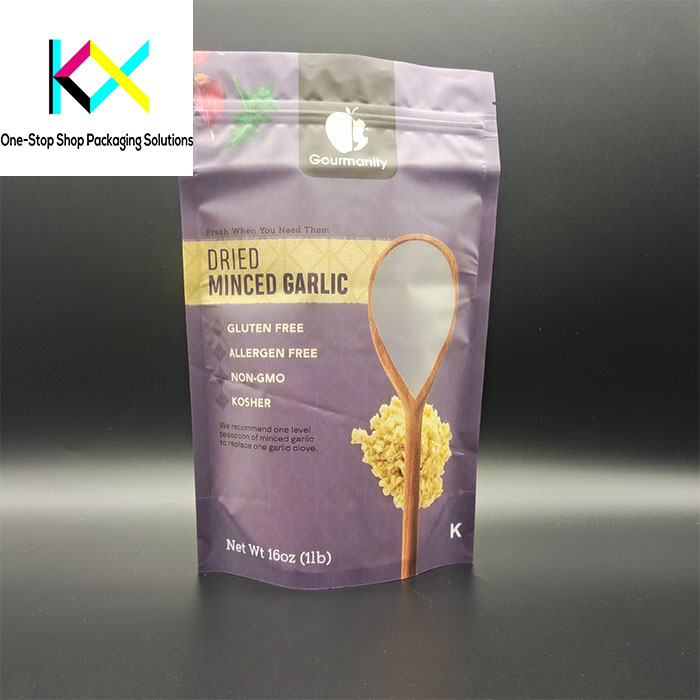
Biological Alchemy: Nature's Packaging Toolkit
Beyond conventional biopolymers, extraordinary innovations emerge from unexpected sources:
Marine-Grade Materials
• Seaweed-derived laminates decompose in ocean water within 12 weeks
• Crustacean-shell films block oxygen 3x better than petroleum-based alternatives
• Algal bloom composites transform ecological threats into protective cushions
Desert Botanical Breakthroughs
Cactus mucilage combined with prickly pear extracts creates self-healing edible films that extend produce freshness by 40%. Moroccan researchers now enhance these with argan oil nanoparticles for superior moisture barriers—packaging that nourishes while protecting.
Fungal Frontiers
Mycelium-based foams grow in 9 days using agricultural waste, offering thermal insulation comparable to EPS. Startups like Mycobond now produce water-resistant versions for electronics packaging that decompose in home compost within 45 days.
Performance Revolution
New cellulose nanofiber composites withstand sterilization temperatures, while DNA-based edible coatings extend berry shelf life by 300%. The packaging paradigm shifts from passive container to active freshness partner—with materials designed to disappear without trace.
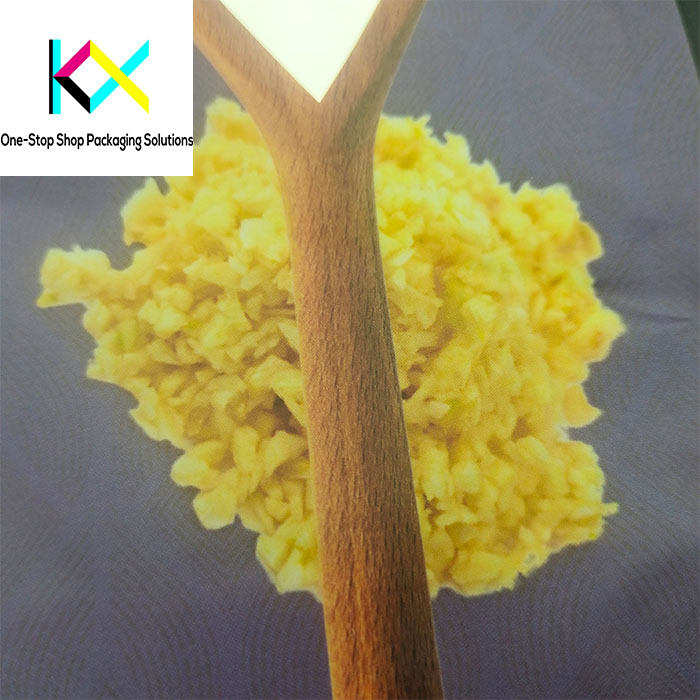
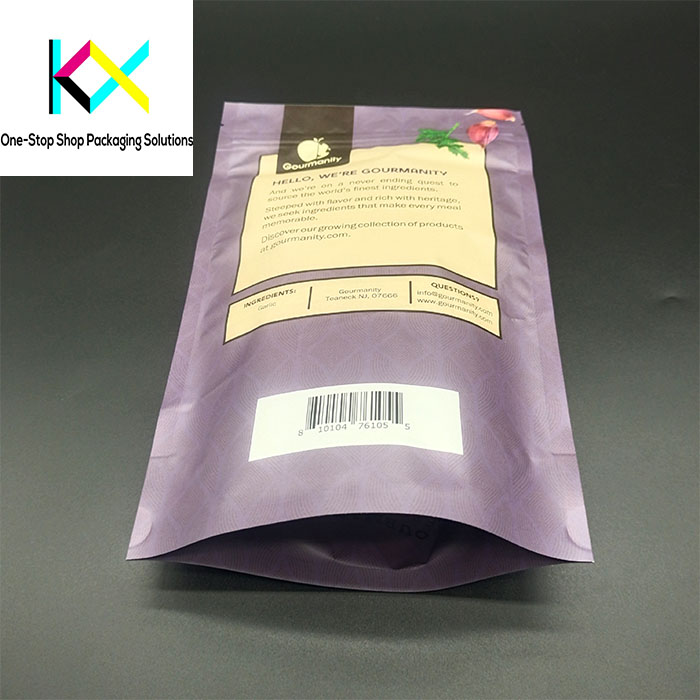
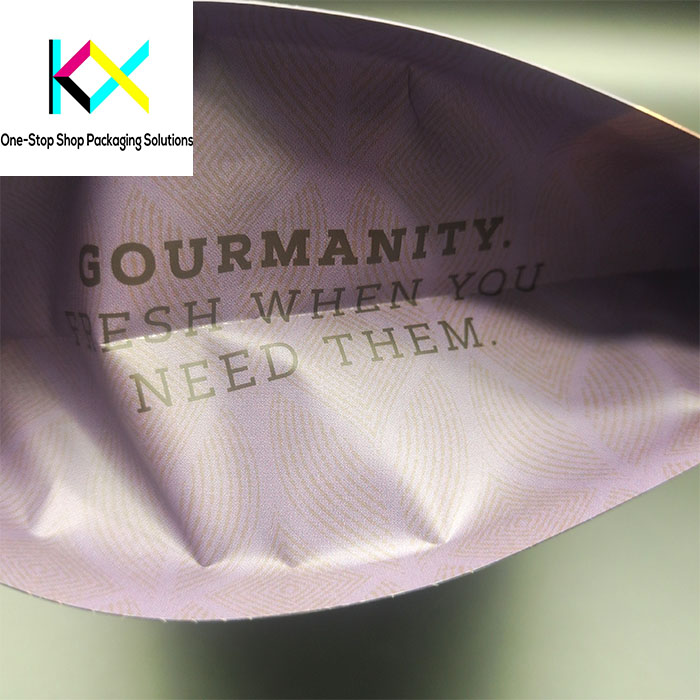
Intelligent Functionality Redefined
Modern biodegradable plastics transcend material substitution through embedded intelligence:
Self-Terminating Systems
Cambridge researchers developed enzyme-triggered films where biological “switches” initiate decomposition only when exposed to specific stimuli—imagine coffee pouches that self-destruct upon emptying.
Nutrient-Releasing Packaging
Filipino innovator NurturePack embeds tomato seeds into produce wraps. After use, consumers plant the packaging directly in soil—waste becomes next season’s harvest.
Digital Watermarking for Circularity
HolyGrail 3.0’s invisible tags enable sorting facilities to identify bio-based materials with 99.8% accuracy. Unilever now implements these markers on Knorr soup sachets, ensuring proper end-of-life routing.
Barrier Technology Leap
The historical tension between protection and decomposition yields to innovations like:
Citrus-based soluble coatings replacing aluminum layers
Chitin nanowhisker oxygen-blocking grids
Programmable bio-waxes that deactivate barriers post-expiry


The Infrastructure Imperative
Herein lies the industry’s greatest challenge: creating disposal systems where plastic packaging designed to disappear actually can. Three critical roadblocks demand solutions:
1. Composting System Fragmentation
Only 27% of global composting facilities accept commercial “compostable” packs. Temperature inconsistencies plague processing—PHA requires sustained 60°C while PLA degrades optimally at 58°C. Thailand’s Bioplastic Consortium addresses this through hyperlocal micro-composting hubs integrated with urban farming systems.
2. Marine Degradation Verification
New certifications like OK Biodegradable MARINE require third-party seawater testing over 18 months—a standard only eight materials currently meet. Current ocean conditions often inhibit promised breakdown due to temperature variations and sedimentation.
3. Collection Network Gaps
India generates sufficient biowaste for 10 million tons/year of compostable packaging but collects less than 15% separately. Kenya’s TakaTaka Solutions pioneers blockchain-tracked bins that reward proper disposal with mobile data credits—increasing participation by 230%.
4. Cost Equilibrium Challenge
Feedstock price volatility remains problematic. Cassava starch costs fluctuated 38% in 2023, creating $2,100/ton price differentials versus conventional films. Brazil’s Braskem addresses this through long-term grower cooperatives that stabilize supply chains.
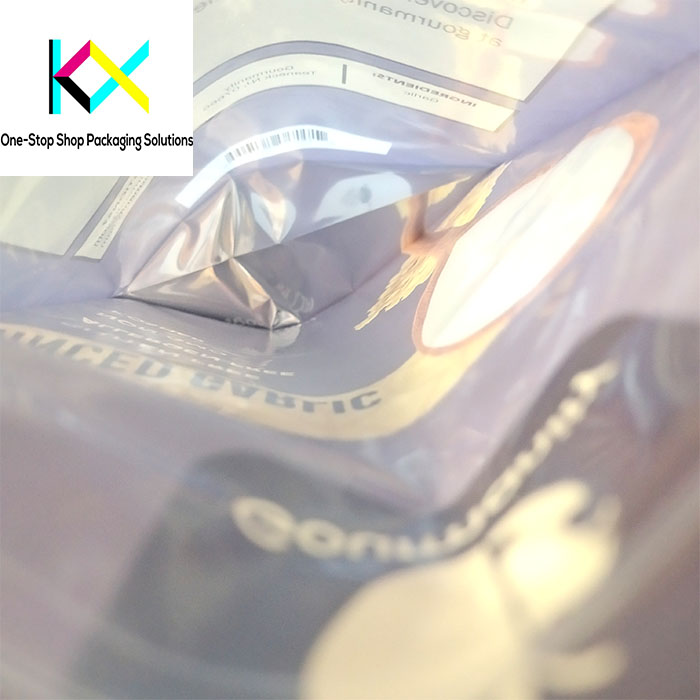
The 2030 Sustainable Packaging Landscape
Five converging trends will redefine plastic packaging within six years:
Decentralized Production Ecosystems
Modular “bio-factories” like Genecis’s container systems convert supermarket waste into PHA pellets onsite—slashing transport emissions while creating circular economies.
Programmable End-of-Life Materials
MIT’s cellulose films with dormant bacterial spores activate decomposition only in landfill conditions—preventing premature breakdown during product use.
Artificial Intelligence Formulation
Platforms like Materiom use machine learning to predict regional biodegradation timelines based on humidity and temperature patterns—accelerating material certification by 18 months.
Carbon-Positive Feedstocks
Patagonia’s Kernza grain packaging (grown in perennial fields sequestering 2.4 tons CO2/acre) pioneers agriculture-restorative sourcing—growing packaging while rebuilding topsoil.
Policy-Driven Market Shifts
California’s SB 54 mandates 65% reduction in petroleum-based film use by 2032, creating $7.2 billion market opportunities. Similar legislation now emerges across 14 U.S. states and EU nations, with non-compliance fines reaching 4% of regional revenue.
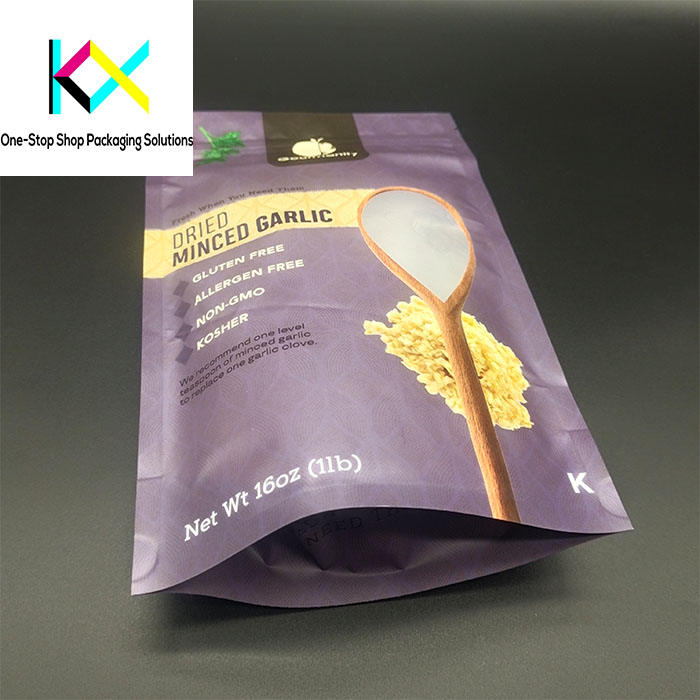
The Regenerative Horizon
The transformation extends beyond materials to fundamental philosophy. As L’Oréal’s Global Packaging Director states: “We’re designing nutrient-delivery systems that become soil upon disposal.” This paradigm positions biodegradable plastics not as alternative materials, but as the evolutionary destiny of plastic packaging—transient protectors engineered for graceful exit.
With marine-degradable snack wrappers hitting shelves and carbon-negative shipping mailers dominating e-commerce, the flexible packaging revolution isn’t approaching—it’s unfolding in real-time. Industry leaders recognize that tomorrow’s solutions require today’s bold investments:
-
PepsiCo’s $230 million bio-PP plant opening in 2025
-
ASEAN’s cross-border composting infrastructure fund
-
IBM’s Food Trust blockchain expanding to track material decomposition
The ultimate packaging innovation may be cultural—redefining value not by a product’s lifespan, but by its beautiful disappearance. As materials return to biological cycles, they fulfill packaging’s highest purpose: delivering goods while giving back.
You can visit our website to know more about our flexible packaging pouch:
